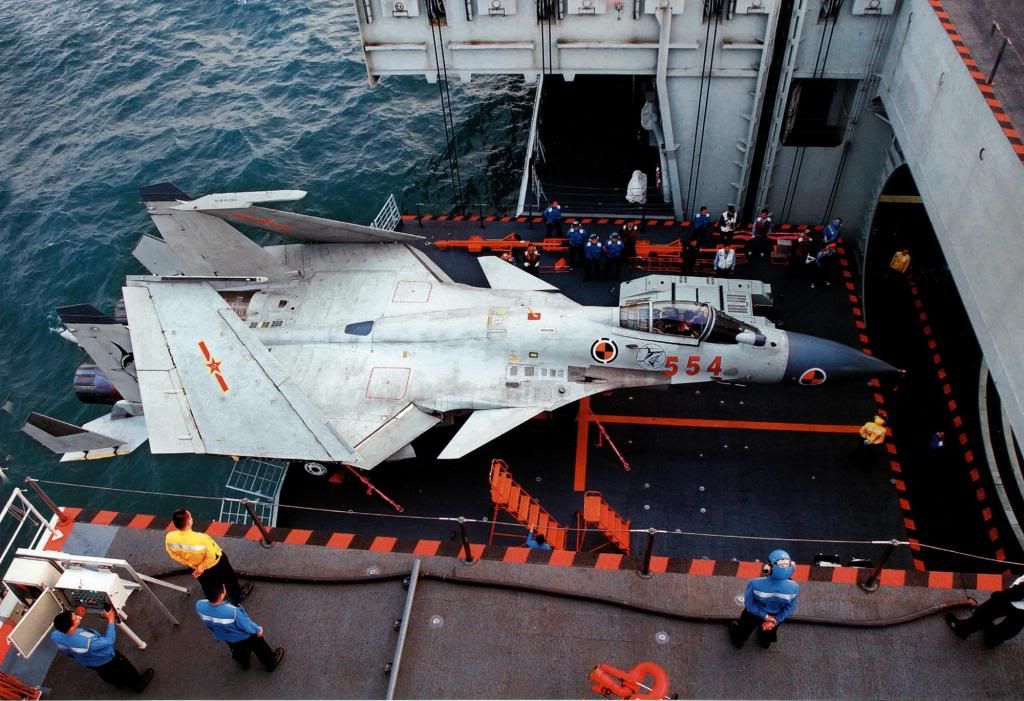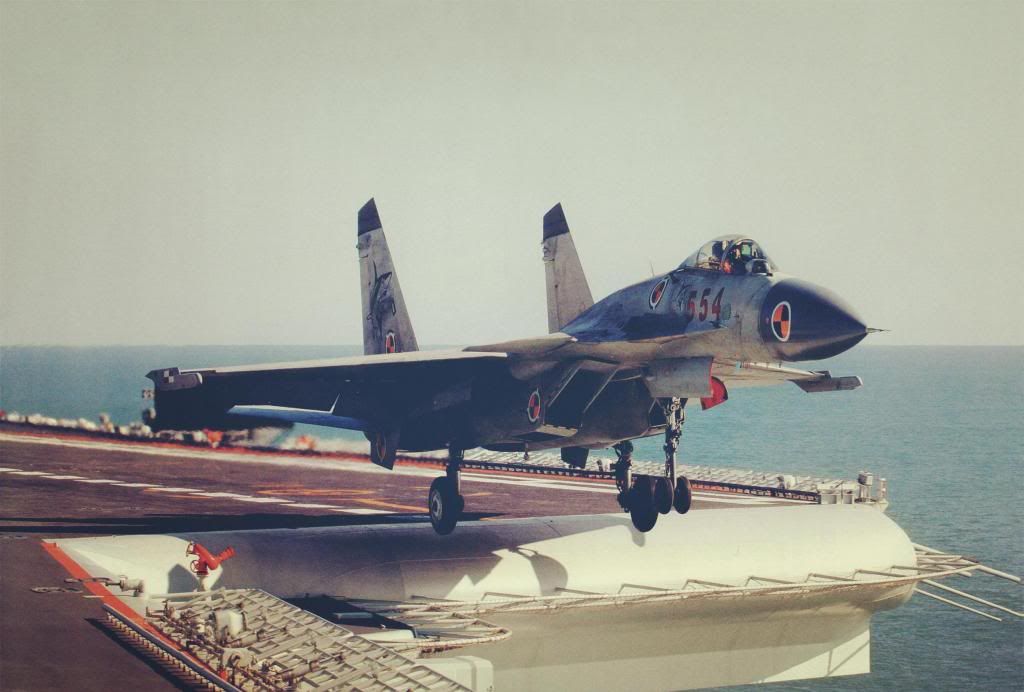There is a reason why supercarriers don't go past a certain size or length and it's because once you past a certain threshold in size and weight the return on investment is diminished and the asset goes on a diminishing return in capabilities and effectiveness. Heck can something like this even transit the Suez?
Not a unnecessarily wide catamaran configured like this, but the Suez will easily accommodate single hulled supercarriers twice the displacement of USS Nimitz. The so called Suezmax - the largest ship that can transit Suez canal - is 50 meter wide and 20 meter deep. USS Nimitz's underwater dimensions are a comparatively puny 40 meters wide and 11 meters deep.
The real reason why supercarriers appears to have came up to the size of Nimitz and stopped is because Nimitz is the largest hull that could be reasonably accommodated at a number of existing naval docks, mostly dating from around and just after WWII. With the absence of competing supercarriers from other countries, there hadn't been enough incentive to spend to money to upgrade all these docks to accommodate bigger warships. As a matter of fact, USS Enterprise was considered to be the largest hydrodyamaically optimal carrier hull that could fit in those docks. When Nimitz was designed, the designers consciously accepted a suboptimal hull form and slightly reduced top speed in order to fit a larger displacement within the same length and beam as the Enterprise.
Last edited:



